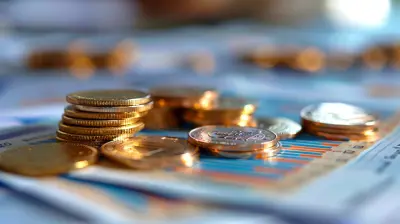How Exchange Rates Serve as Hidden Indicators of Economic Strength
5 June 2025
When was the last time you checked the exchange rate before traveling or shopping online from an international store? You probably noticed that some currencies are stronger than others. But have you ever stopped to ask why?
We often overlook exchange rates as just numbers that determine how much cash we’ll get on vacation. But dig a little deeper, and you’ll see—they're telling a much bigger story. In fact, exchange rates are often quiet, yet powerful indicators of a country’s economic strength.
Let’s break it down in simple terms, get into the nuts and bolts of it, and see how these seemingly random numbers can actually serve as a crystal ball for understanding economic performance.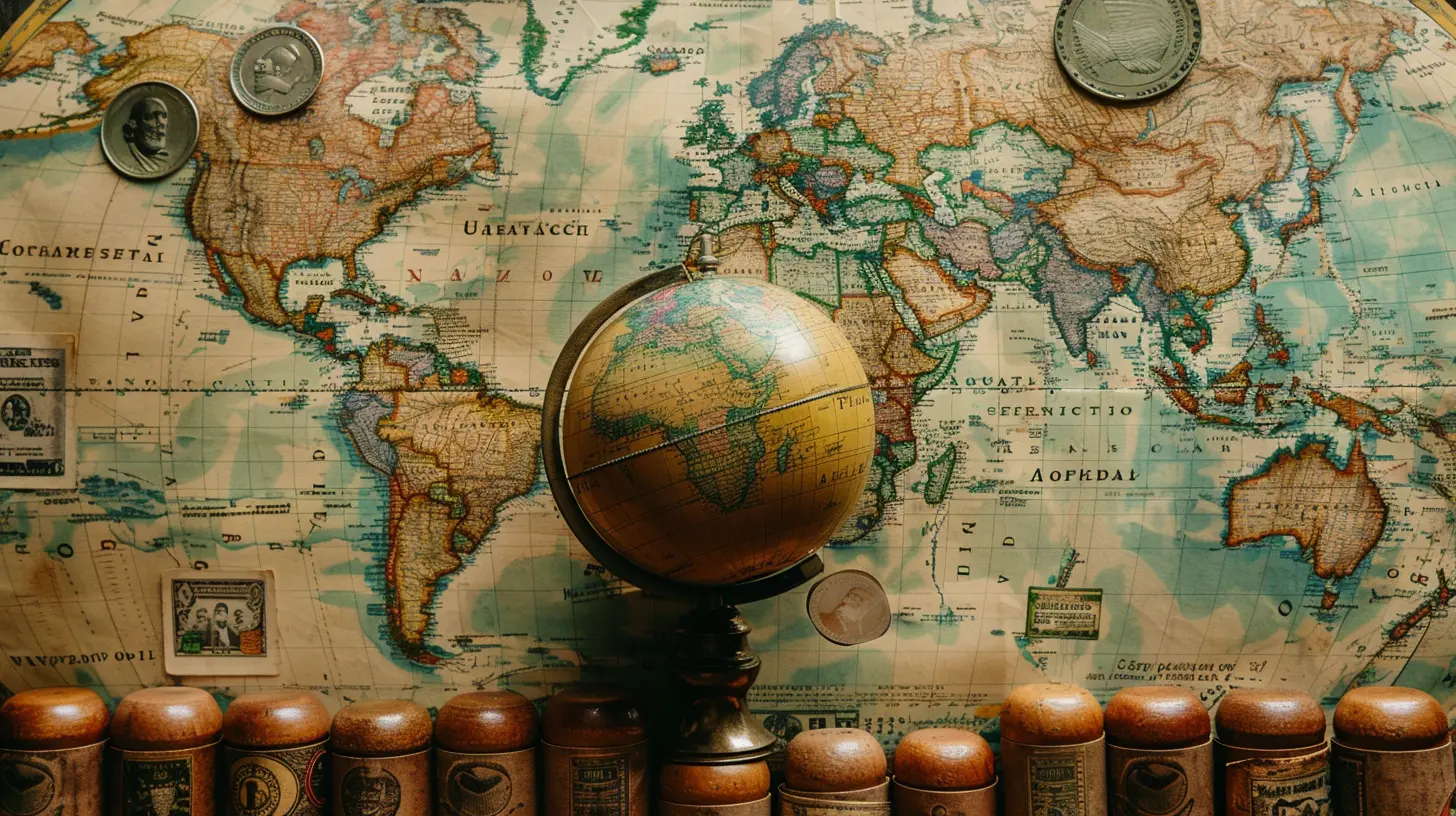
What Are Exchange Rates, Really?
Before we dive deep, let’s clear up the basics.An exchange rate refers to how much one country’s currency is worth compared to another. Think of it like this: if $1 USD equals €0.90, then the exchange rate from USD to Euro is 0.90.
Simple, right? Well, sorta.
Exchange rates are influenced by so many things—interest rates, inflation, political stability, trade balances, and more. But at their core, they’re a reflection of how much investors and governments trust a country’s economy.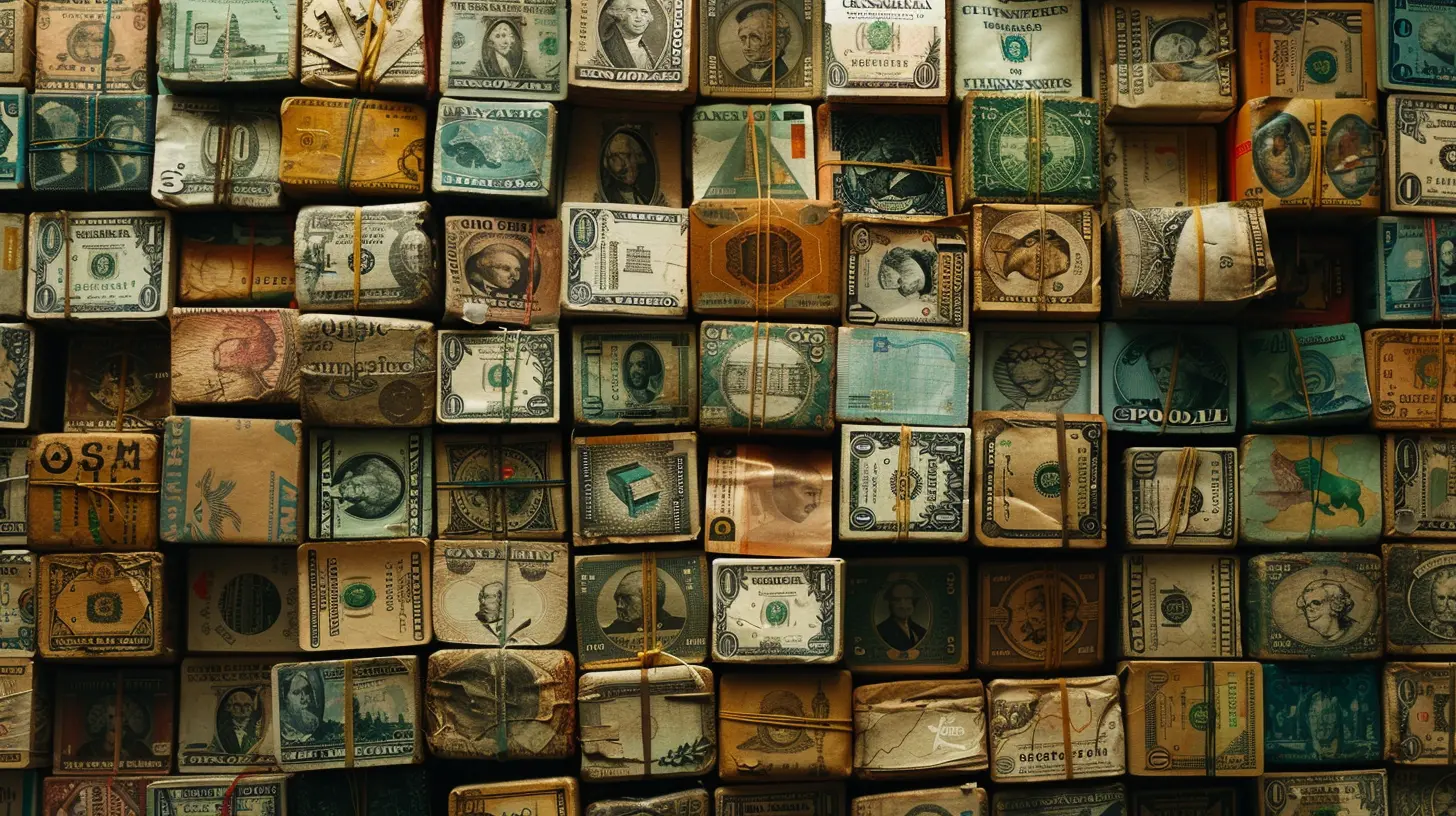
Why Exchange Rates Matter More Than You Think
If you’re wondering why you should care beyond what it costs to buy a croissant in Paris, here’s the deal: exchange rates don’t just impact travel or international shopping—they often reveal how well a country is doing economically.Stable and strong currencies usually belong to countries with solid economies. Weak and fluctuating currencies? Not so much.
Think of currency like a mirror—it reflects everything that’s going on behind the scenes, from GDP growth to political stability. It’s like the pulse of the nation’s economic health.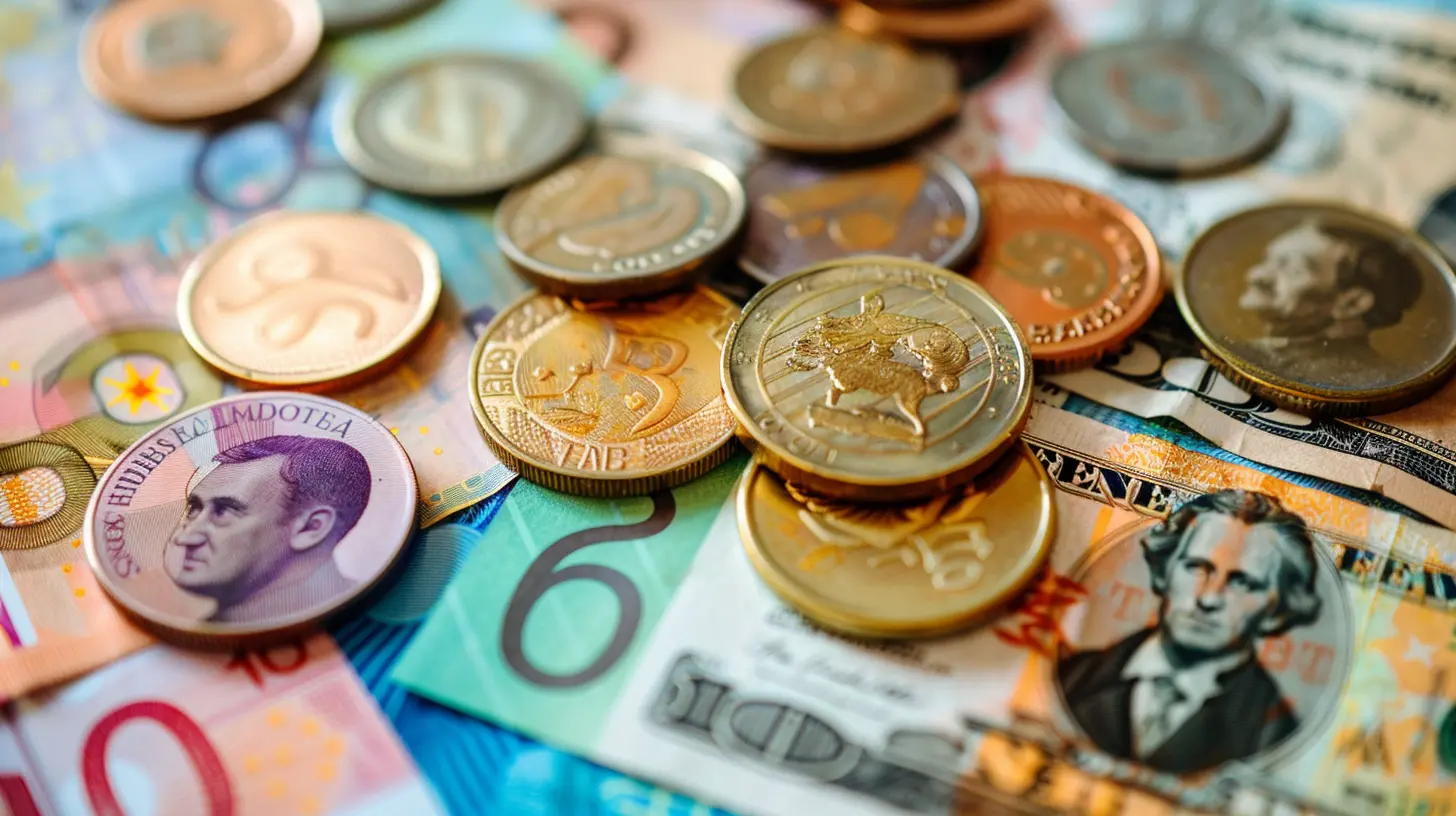
The Link Between Currency Strength and Economic Health
Let’s get into the juicy stuff—why exchange rates signal economic strength.1. Investors Flock to Stability
When global investors look to park their money somewhere safe, they look for stability. They want countries with strong financial systems, low inflation, and steady growth.You know what they avoid? Countries with political unrest, economic scandals, wild inflation, or poor policy management.
A strong currency shows that investors are confident in that country’s economic system. In other words—money talks.
2. Strong Currency = High Demand
If a country’s products, services, or financial instruments (like government bonds) are in demand, foreign investors need to convert their currencies to the local one to buy in.That demand? It pushes up the value of the currency. So if the Japanese Yen, for example, is gaining strength, that might be because Japan’s exports are doing well—or investors are buying bonds from Japan’s government.
Think of it like a packed restaurant. If people are lining up to get in, it’s probably because the food is good. Same with currency: high demand usually means the economy is cooking.
3. It Reflects Inflation and Interest Rates
Interest and inflation rates are like the thermostat in an economy. Central banks tweak them to control the temperature.A country with low inflation and attractive interest rates usually sees a stronger currency. Why? Because low inflation protects buying power, and higher interest rates offer better returns on investment.
That combination attracts foreign capital, and boom—the currency goes up in value.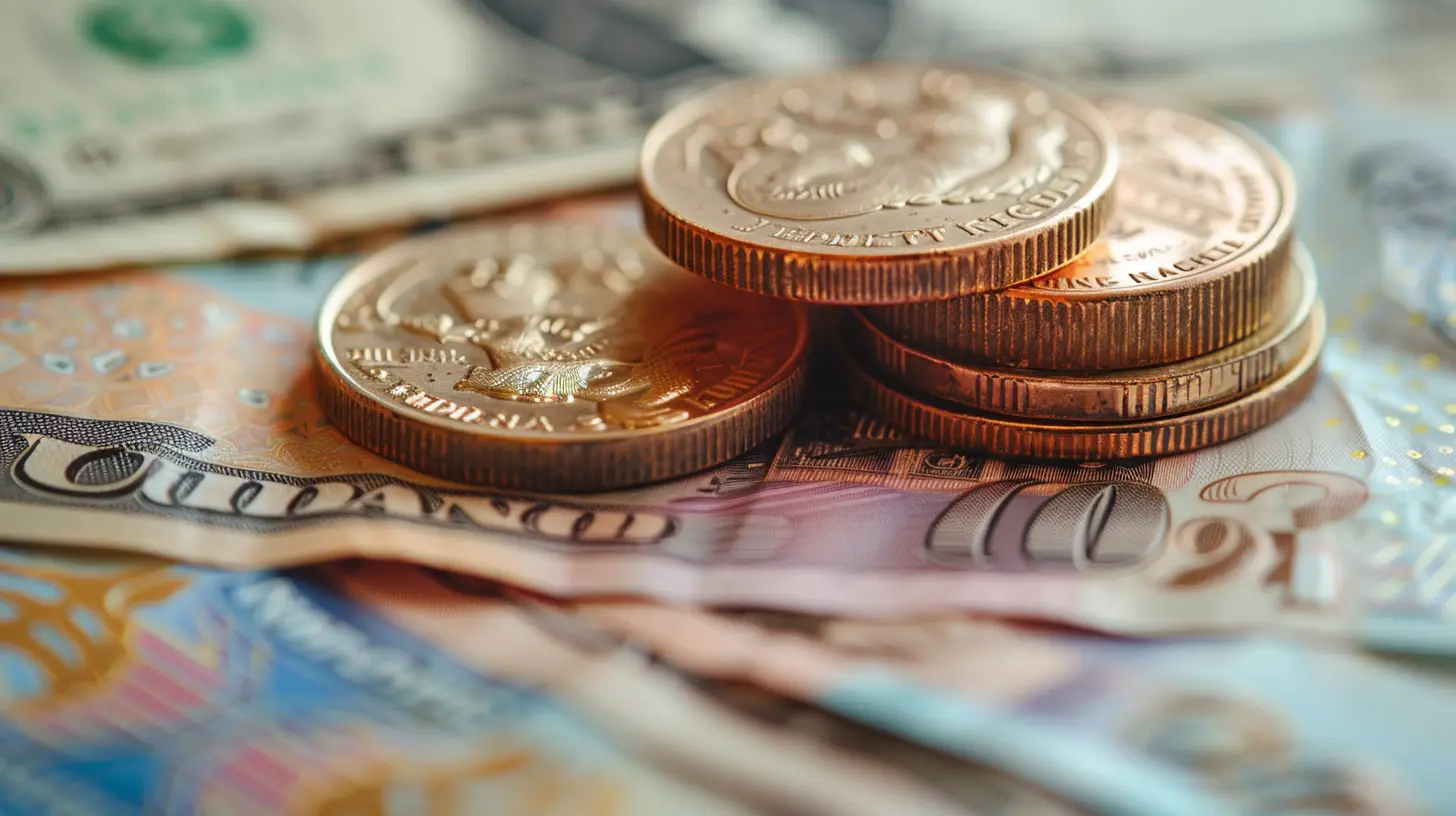
Real-World Examples That Prove the Point
Let’s not just talk theory. Here’s how exchange rates have revealed deeper truths about different economies.The U.S. Dollar (USD)
The U.S. dollar is the world’s go-to currency for a reason. It reflects a massive economy, relatively stable politics (compared to some), and a long-standing reputation for trustworthiness.Even during global crises, investors pile into the dollar. In fact, when everyone panics, they often dump riskier assets in their local currencies and buy U.S. dollars instead. That’s confidence in action.
The Euro (EUR)
The Eurozone isn’t just about pretty vacation spots—it’s a major global economic zone. The euro reveals how various member states are performing together.When Greece or Italy struggles, the euro often takes a hit. But when Germany reports strong export numbers or EU inflation is under control, the euro rises. It’s like a group project—you’re graded together, whether you deserve it or not.
Emerging Markets and Volatile Currencies
Countries like Argentina or Turkey can give us a clear contrast. Both have seen their currencies take nosedives in recent years.Why? High inflation, political instability, and poor central banking decisions.
When the Turkish Lira fell sharply, it wasn’t just a random blip—it was a signal to the world that Turkey’s economy was in trouble. Investors bailed, and the currency tanked.
Forex Markets: The Global Economic Scoreboard
Forex (foreign exchange) markets are where currencies are traded worldwide. And it’s not just governments and banks playing—big-time speculators, hedge funds, and even businesses get in on the action.What happens here is essentially a real-time scoreboard of which countries the world has faith in.
If everyone’s buying Australian Dollars? Maybe Australia's economy is thriving.
Is there a rush into the Swiss Franc? People might be looking for a safe haven during uncertain times.
Forex markets work 24/7, unlike most stock markets. That means real-time insights into how the global economy views your country’s financial health. Neat, huh?
The Hidden Clues Inside Appreciation and Depreciation
Let’s decode what happens when a currency goes up or down.Currency Appreciation (It’s Rising)
When a currency appreciates, it means it’s gaining value compared to others.🔎 Hidden Message? “This economy looks strong.”
Investors are pouring in, exports may be booming, or central bank policies are inspiring confidence.
But wait—it’s not always 100% good. A rising currency makes exports more expensive. So while it signals strength, it can hurt export-driven industries.
Currency Depreciation (It’s Falling)
When a currency loses value, it's often seen as a red flag.🔎 Hidden Message? “Something’s off.”
Could be inflation, political unrest, trade deficits, or poor monetary policy. Whatever the reason, investors see risk.
But again—not all bad news. A weaker currency can boost exports because it makes products cheaper abroad.
So it’s all about perspective, like seeing a glass half full or half empty.
Government Influence: The Puppet Masters Behind the Curtain
Let’s not pretend exchange rates move all by themselves.Central banks often step in to influence their currency. Sometimes they raise interest rates to attract investors. Other times, they might sell off their reserves to stabilize the currency.
Ever heard of “currency manipulation”? Some governments intentionally weaken their currency to make exports cheaper. China has been accused of this more than once.
So yes, governments can and do pull strings behind the curtain. But even then, the strength of the economy determines how effective those moves are.
So, What Can You Learn from Watching Exchange Rates?
Whether you’re an investor, traveler, or just an economic enthusiast (aren’t we all?), tracking exchange rates offers real insight.Here’s what they can reveal:
- Investor Confidence: Rising rates often reflect trust in an economy.
- Import/Export Health: A stronger currency can slow exports; a weaker one can boost them.
- Inflation Signals: Volatile exchange rates can be early warnings of inflation problems.
- Policy Effectiveness: Strong currency shows solid monetary leadership.
Think of exchange rates as a financial mood ring. They change color based on what’s happening inside the economy—even if everything looks okay on the outside.
Final Thoughts: The Big Picture
Exchange rates aren’t just trivia from your last airport visit. They are vital, living indicators of how a country is performing economically.By keeping an eye on these rates, you can get early warnings about economic shifts, investor sentiment, and even political developments. It’s like being able to read the room before walking in.
So next time you see the dollar climbing or the yen falling, don’t just shrug it off. There’s a story being told—and it’s all about which economies are rising stars, and which ones are about to hit some turbulence.
all images in this post were generated using AI tools
Category:
Economic IndicatorsAuthor:

Audrey Bellamy
Discussion
rate this article
2 comments
Zevan McWhorter
Exchange rates transcend mere currency values; they reveal deeper narratives of economic resilience, global interdependence, and the subtle shifts in power dynamics.
June 12, 2025 at 3:53 AM

Audrey Bellamy
Thank you for your insightful comment! Indeed, exchange rates do reflect much more than just numbers; they encapsulate the intricate stories of our interconnected economies and the evolving balance of power.
Carrie Carey
This article effectively highlights how exchange rates function as subtle yet powerful indicators of economic health. By examining fluctuations, we can glean insights into a nation's competitiveness, inflationary pressures, and market confidence. Understanding these dynamics is crucial for investors, policymakers, and analysts seeking to navigate the complexities of the global economy.
June 11, 2025 at 3:51 AM

Audrey Bellamy
Thank you for your insightful comment! I'm glad you found the article helpful in highlighting the importance of exchange rates as indicators of economic health.
